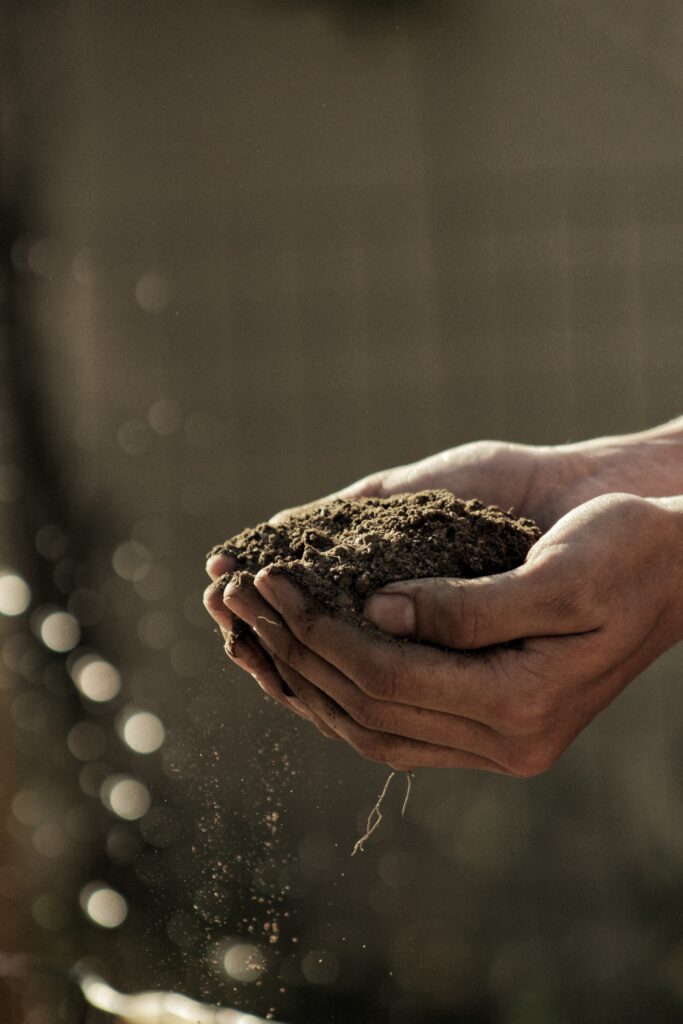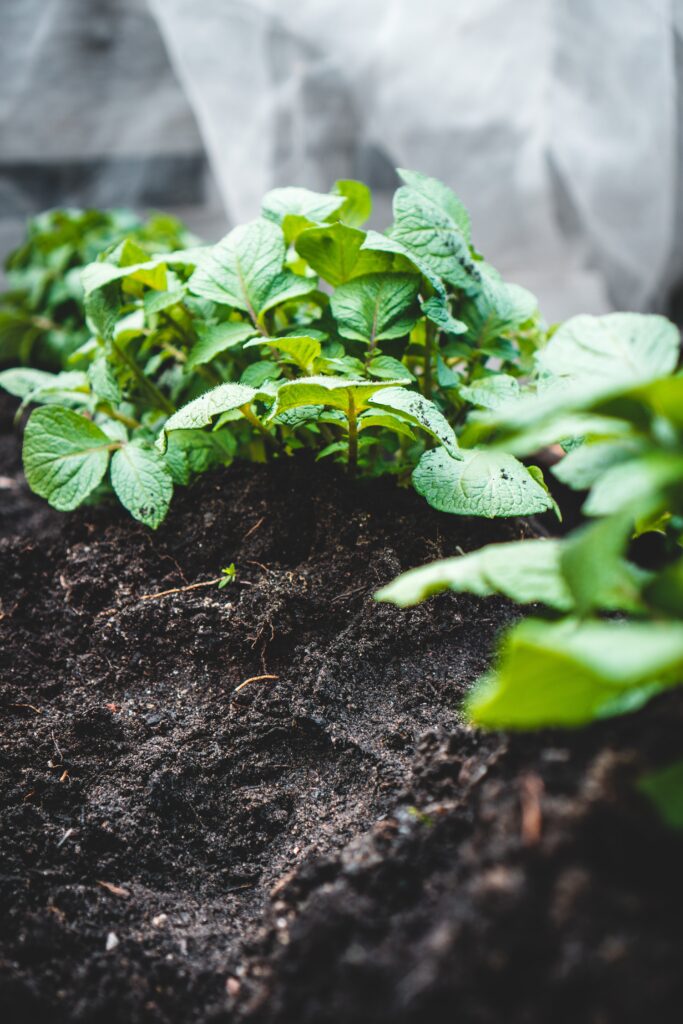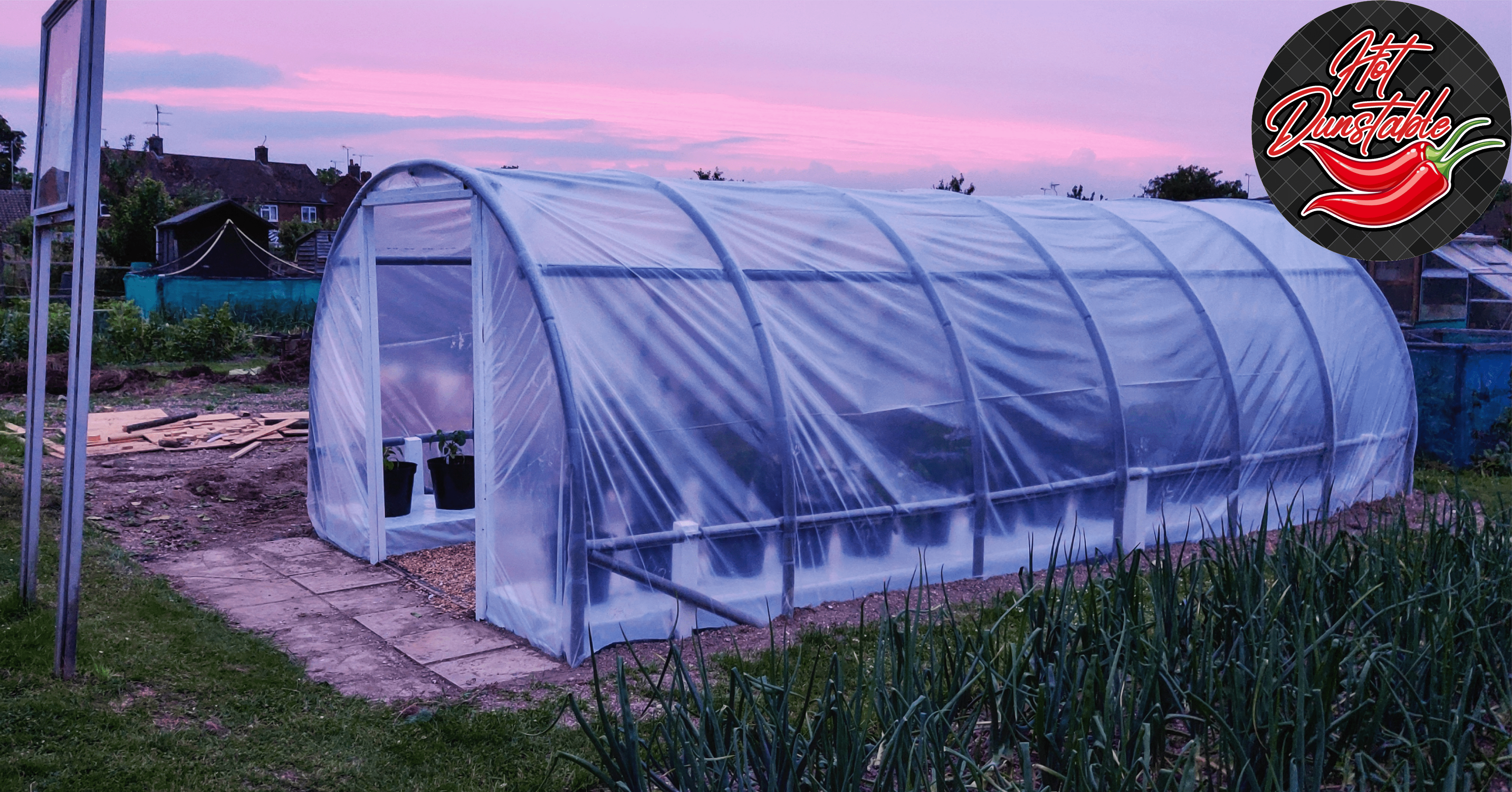The Ultimate Guide – 2 Soil
Soil is important for plants because it provides them with the nutrients they need to grow and thrive. Soil is made up of a mix of minerals, organic matter, water, and air, and these components are essential for the healthy growth of plants.
Minerals in the soil provide plants with the nutrients they need, such as nitrogen, phosphorus, and potassium. Organic matter, which comes from the decomposition of plants and animals, adds nutrients to the soil and helps to improve the structure of the soil, making it easier for plants to take up water and nutrients.
In this article we provide you with all the information you need about Soil. This is the Ultimate Guide about Soil.
- Soil in general
- Different types of substrates
- How to know which soil fits your plants
- Importance of pH value’s in soil
- What is soil actually?
- How to improve your soil
- Does every substrate contain nutrients?

- Soil in general
Soil is a mixture of minerals, organic matter, water, and air that supports the growth of plants. It is a vital resource that plays a critical role in agriculture, forestry, and other land-based industries.
There are many different types of soil, each with its own unique characteristics and properties. Some of the key factors that influence soil type include the local climate, the type of rock from which the soil was formed, and the amount of organic matter in the soil.
Soil has a number of important functions, including:
• Providing plants with the nutrients they need to grow and thrive.
• Holding onto water and making it available to plants.
• Providing a place for plants to anchor their roots and support the plant as it grows.
• Acting as a filter for water, helping to purify it as it moves through the soil.
• Providing a home for a diverse community of microorganisms, including bacteria, fungi, and insects, which play important roles in the ecosystem.
There are many factors that can impact the health and quality of soil, including overuse, erosion, and pollution. To maintain and improve soil health, it is important to use sustainable farming practices, such as crop rotation, cover cropping, and the use of mulch.
- Different types of substrates
A substrate is the material that is used as a base for plants. In the context of horticulture or aquaculture, a substrate is the material that is used to provide a surface for plants to grow on.
There are many different types of substrates that can be used for plants, and the choice of substrate will depend on the specific needs of the plant being grown. Some common types of substrates include:
Soil: Soil is a common substrate for plants, and it provides plants with the nutrients and water they need to grow.
Sand: Sand is a dry, granular substrate that is often used for plants that prefer well-draining soil, such as succulents and cacti.
Gravel: Gravel is a hard, porous substrate that is often used for plants that require good drainage, such as orchids.
Coconut coir: Coconut coir is a substrate made from coconut husks that is often used as an alternative to soil for plants. It is lightweight, well-draining, and has a high water-holding capacity.
Aquarium gravel: Aquarium gravel is a small, smooth substrate that is used in aquaculture to provide a surface for plants to grow on.
Coral sand: Coral sand is a substrate made from crushed coral that is often used in saltwater aquariums to provide a surface for coral to grow on.
Vermiculite: Vermiculite is a soil amendment made from a naturally occurring mineral that is often used to improve the structure and water-holding capacity of soil.

- How to know which soil fits your plants
There are a few key factors to consider when choosing the right soil for your plants:
Nutrient content: Different plants have different nutritional needs, and it’s important to choose a soil that meets the specific needs of your plants. For example, some plants may require higher levels of nitrogen, while others may prefer more phosphorus or potassium.
Soil pH: The pH of soil can affect the availability of nutrients to plants. Most plants prefer a soil pH between 6.0 and 7.0, which is slightly acidic. However, some plants, such as blueberries, prefer a more acidic soil with a pH below 6.0, while others, such as lilacs, prefer a more alkaline soil with a pH above 7.0.
Drainage: Proper drainage is important for most plants, as it helps to prevent waterlogged soil, which can lead to root rot. Choose a soil that has good drainage for most plants, or use a soil mix that includes ingredients like perlite or vermiculite to improve drainage.
Texture: The texture of soil can also affect how well it holds onto water and nutrients. For example, clay soil tends to hold onto water and nutrients well, but can become compacted and may not drain well. Sandier soils tend to drain well but may not hold onto water and nutrients as well.
To determine the nutrient content and pH of your soil, you can use a soil test kit, which is available at most garden centers. This will give you a good idea of what nutrients your soil is lacking and what you need to add to create a healthy growing environment for your plants.
That’s why you should always do research on what your plant needs. Not only soil type, but all the information of the plant available. The more you know, the better you can care for the plant.
- Importance of pH value’s in soil
The pH of soil refers to its acidity or alkalinity, with a pH of 7 being neutral. The pH of soil can have a significant impact on the availability of nutrients to plants and on the overall health of the soil ecosystem.
The pH of soil can be affected by a variety of factors, including the type of rock the soil is derived from, the type of plants growing in the soil, and the presence of certain chemicals or materials, such as fertilizers or lime. The pH of soil can be measured using a soil test kit, which is available at most garden centers.
If the pH of soil is outside of the optimal range for a particular plant, it can impact the plant’s ability to take up nutrients and lead to deficiencies or other problems. Adjusting the pH of soil to the optimal range for a particular plant can be done by adding materials such as lime to raise the pH or sulfur to lower the pH.
- What is soil actually? (in simple terms)
Soil is a special mixture that is found on the ground and is made up of tiny rocks, bits of dead plants and animals, and lots of tiny living things like insects and worms. It is very important because it helps plants grow strong and healthy. The soil gives plants the things they need to live, like water and special minerals called nutrients. Without soil, plants wouldn’t be able to grow.
- How to improve your soil
Here are 10 ways to improve your soil:
1 Add organic matter: Adding organic matter, such as compost or well-rotted manure, can help to improve the structure of the soil, making it easier for plants to take up water and nutrients.
2 Use cover crops: Cover crops, such as clover or grasses, can be grown between seasons to help add nutrients to the soil and improve its structure.
3 Practice crop rotation: Crop rotation involves growing different types of crops in a particular area each season. This can help to prevent nutrient depletion and reduce the risk of pests and diseases.
4 Add mulch: Mulch, such as wood chips or straw, can be added to the soil surface to help retain moisture, suppress weeds, and add nutrients to the soil as it decomposes.
5 Use fertilizers: Fertilizers are important to provide your plants with all the elements needed and in the right amounts. This way, your plant can develop at it’s max rate without showing deficiences.
6 Add lime: Lime can be added to soil to help raise the pH and make nutrients more available to plants.
7 Use raised beds: Raised beds can help to improve drainage and allow for better control over the soil mix, making it easier to grow a wider range of plants.
8 Plant cover crops: Planting cover crops, such as legumes or grasses, can help to add nutrients to the soil and improve its structure.
9 Use organic pest control methods: Using organic pest control methods, such as natural predators or trap crops, can help to reduce the need for chemical pesticides, which can be harmful to the soil ecosystem.
10 Practice minimum tillage: Minimum tillage involves using methods that disturb the soil as little as possible, such as no-till planting or the use of mulch, to help preserve the structure and health of the soil.

- Does every substrate contain nutrients?
Not every substrate contains nutrients. Some substrates, such as soil, contain a mix of minerals, organic matter, and other nutrients that are essential for plant growth. Other substrates, such as sand or gravel, may not contain significant amounts of nutrients and may need to be amended with fertilizers or other nutrient-rich materials to support plant growth.
In general, it is important to consider the nutrient content of a substrate when selecting it for growing plants. Some plants may have higher nutritional requirements than others, and it is important to choose a substrate that is able to meet those needs. For example, a substrate with a high organic matter content may be better for growing plants that require a lot of nutrients, while a substrate with a lower nutrient content may be more suitable for plants that have lower nutritional requirements.
Dutchpro also has it’s own substrates, Check them out with the links below
Light Mix
All Mix
Coco Mix
DISCLAIMER : Some substrates may not be available in your country/state






